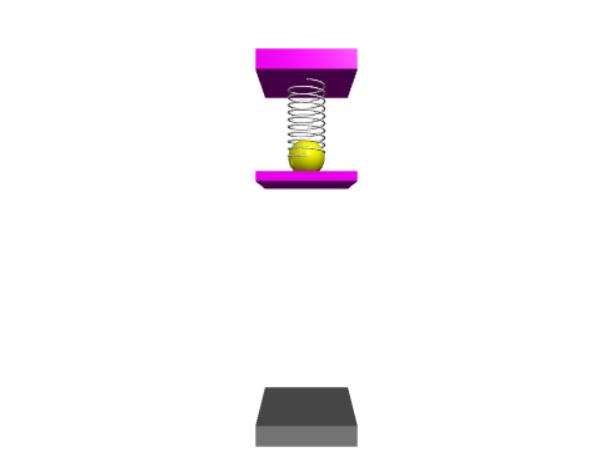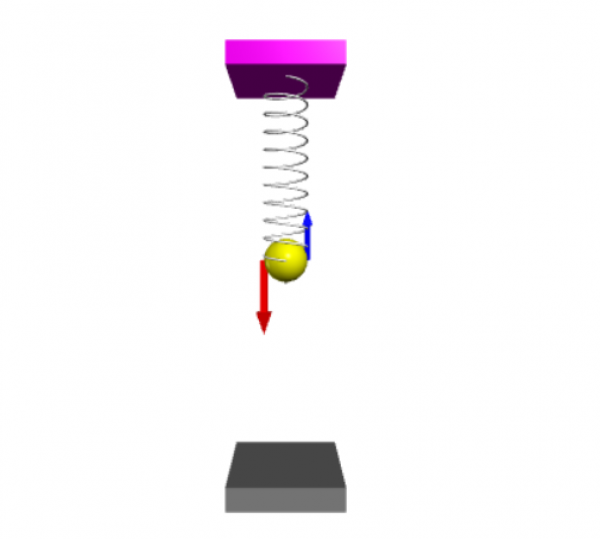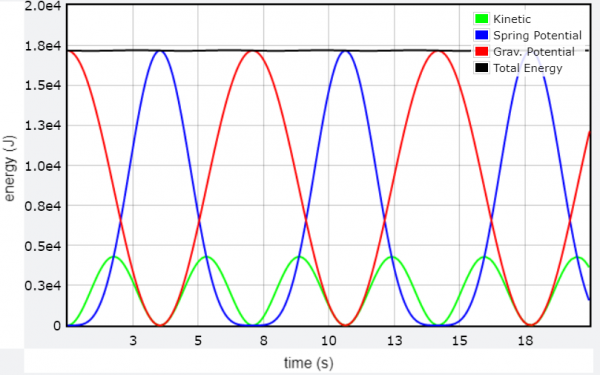Bungee Jump
Activity Information
Learning Goals
- Students will use their understanding of energy and free fall to manipulate difference scenarios related to bungee jumping
Prior Knowledge Required
- Conservation of Energy
- Hooke's Law
- $F=-kx$
- Kinematics
Code Manipulation
- Interpret minimally working code
- Add to preexisting code
- Create new code to model scenario
—-
Activity
Handout

Bungee Jumping
Mr. Spencer's physics class wants to go bungee jumping. The closet spot that Western will pay for them to go is the Parma Adventure Park. Below is some information from their website:
Looking for the best bungee jumping in Spring Arbor? The Parma Adventure Park has an exciting option for your favorite adrenaline junkee. Get your maximum rush at our relatively reliable Freefall Bungee Jump Tower. Prepare yourself for that impending, gut-wrenching feeling as you climb to the top, and then fall through our trap door for an exhilarating free fall.
Our tower, harnesses, and gear are specially engineered with a safety record of 98%! Our staff will assist you in making his the experience of a lifetime, whether you need some calming reassurance or the big “1-2-3-Go!” Feel the thrill as you hurtle towards the ground below, only to stop right before you reach the ground*
*Parma Adventure Park is not responsible for accidents resulting from patrons giving incorrect information
The tower is 25 meters high. Before you climb the steps to the top, everyone needs the right bungee cord for them. The bungee cords are all the same length, but some stretch more easily than others. Develop a method for determining which cord to assign to each member of your group using the following minimally working program.
Challenge activity: The highest numbered bungee cord is not enough for your chaperone. The staff wants to attach two different bungee cords to his harness, one on each side. Modify your computer model to include a second bungee cord and use it to develop a method for determine which two bungee cords the staff needs to use.
Code
Answer Key

Code

Challenge Activity Code